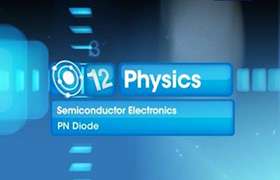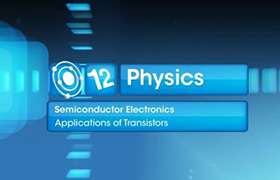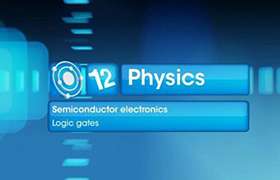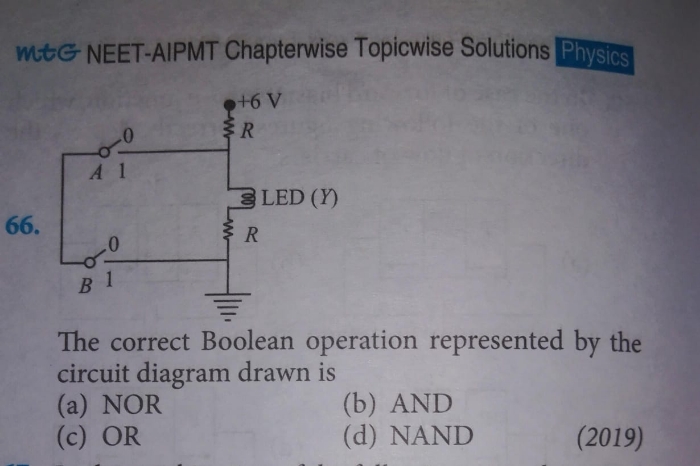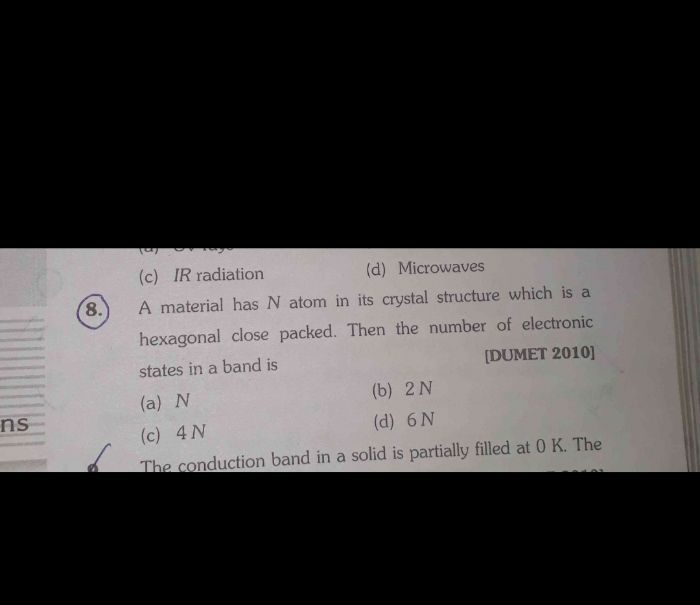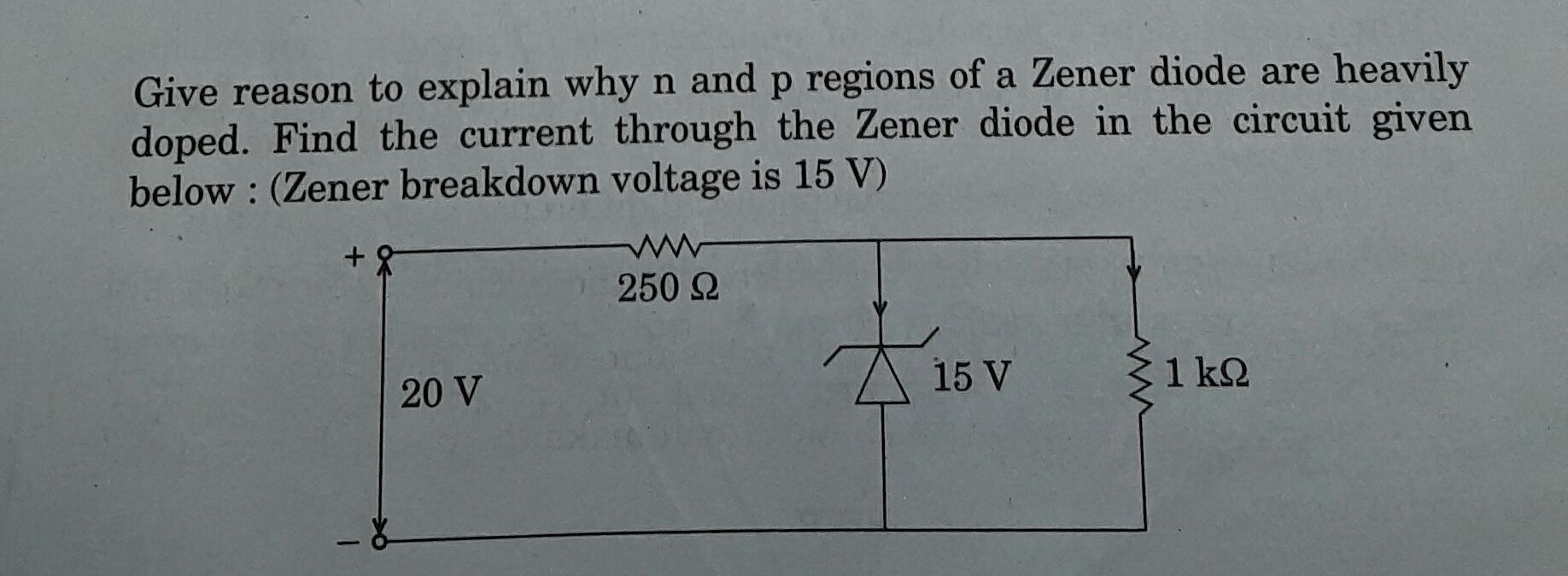CBSE Class 12-science Answered
can you please explain how the width of depletion region varies with increase and decrease of(a)forward bias and (b)reverse bias.
Asked by sruthisreenivasan | 24 Feb, 2011, 01:58: AM
Dear student,
In forward bias, the p-type is connected with the positive terminal and the n-type is connected with the negative terminal.With a battery connected this way, the holes in the P-type region and the electrons in the N-type region are pushed towards the junction. This reduces the width of the depletion zone. The positive charge applied to the P-type material repels the holes, while the negative charge applied to the N-type material repels the electrons. As electrons and holes are pushed towards the junction, the distance between them decreases. This lowers the barrier in potential. With increasing forward-bias voltage, the depletion zone eventually becomes thin enough that the zone's electric field can't counteract charge carrier motion across the p–n junction, consequently reducing electrical resistance.
If a diode is reverse biased, the voltage at the cathode is higher than that at the anode. Therefore, no current will flow until the diode breaks down. Connecting the P-type region to the negative terminal of the battery and the N-type region to the positive terminal, corresponds to reverse bias.Because the p-type material is now connected to the negative terminal of the power supply, the 'holes' in the P-type material are pulled away from the junction, causing the width of the depletion zone to increase. Similarly, because the N-type region is connected to the positive terminal, the electrons will also be pulled away from the junction. Therefore the depletion region widens, and does so increasingly with increasing reverse-bias voltage. This increases the voltage barrier causing a high resistance to the flow of charge carriers thus allowing minimal electric current to cross the p–n junction. The increase in resistance of the p-n junction results in the junction to behave as an insulator.
Hope this helps.
Team
Topperlearning.com
Answered by | 01 Mar, 2011, 10:35: AM
Concept Videos
CBSE 12-science - Physics
Asked by Chandudevendra99 | 24 Jan, 2024, 08:37: AM
CBSE 12-science - Physics
Asked by kabirnarwal0 | 13 Jan, 2024, 01:49: PM
CBSE 12-science - Physics
Asked by Abhishek | 23 Mar, 2023, 08:37: PM
CBSE 12-science - Physics
Asked by Ramvikassv | 14 May, 2021, 11:14: PM
CBSE 12-science - Physics
Asked by jagadeviteli1983 | 06 Sep, 2020, 10:27: AM
CBSE 12-science - Physics
Asked by sulaikhasulu393 | 08 May, 2020, 11:05: AM
CBSE 12-science - Physics
Asked by kajalkumari2k15 | 30 Nov, 2019, 11:14: AM
CBSE 12-science - Physics
Asked by Www.harshalhire51 | 20 Nov, 2019, 09:48: PM
CBSE 12-science - Physics
Asked by abhitailor158 | 06 Mar, 2019, 05:56: PM
CBSE 12-science - Physics
Asked by vk335548 | 05 Mar, 2019, 10:32: PM

